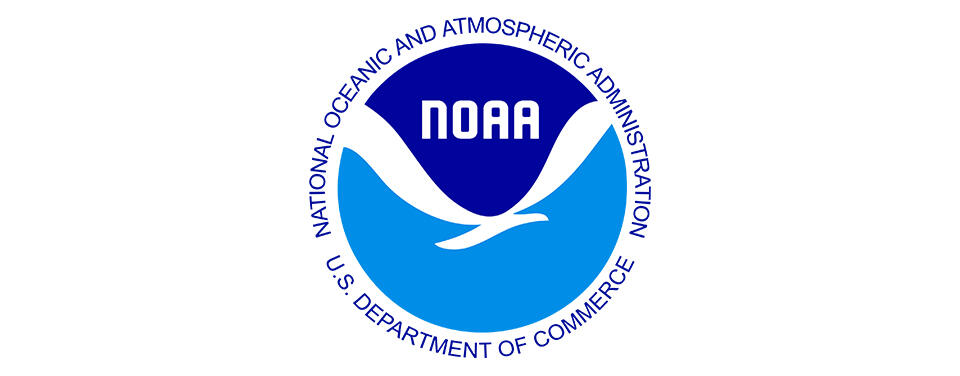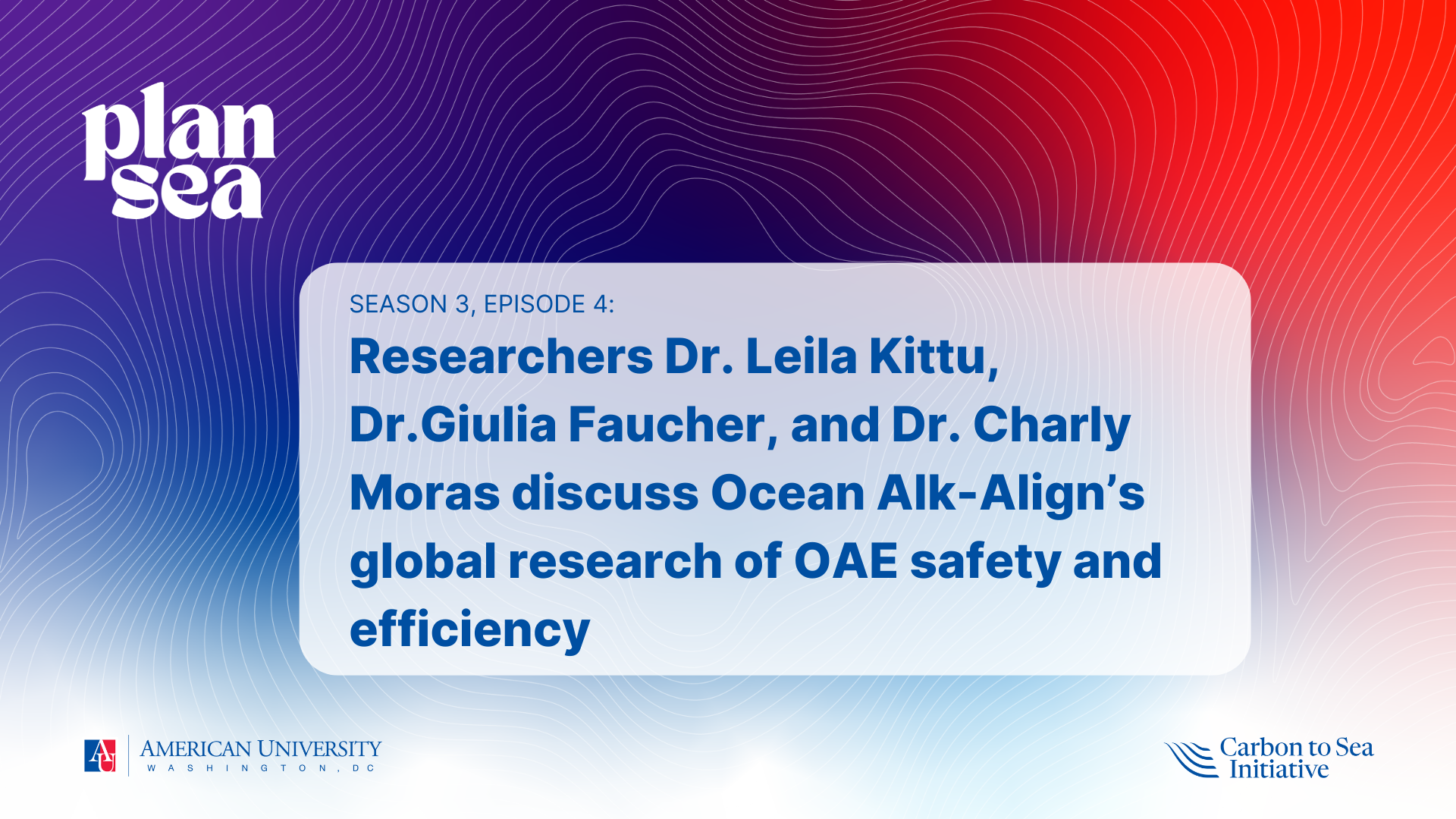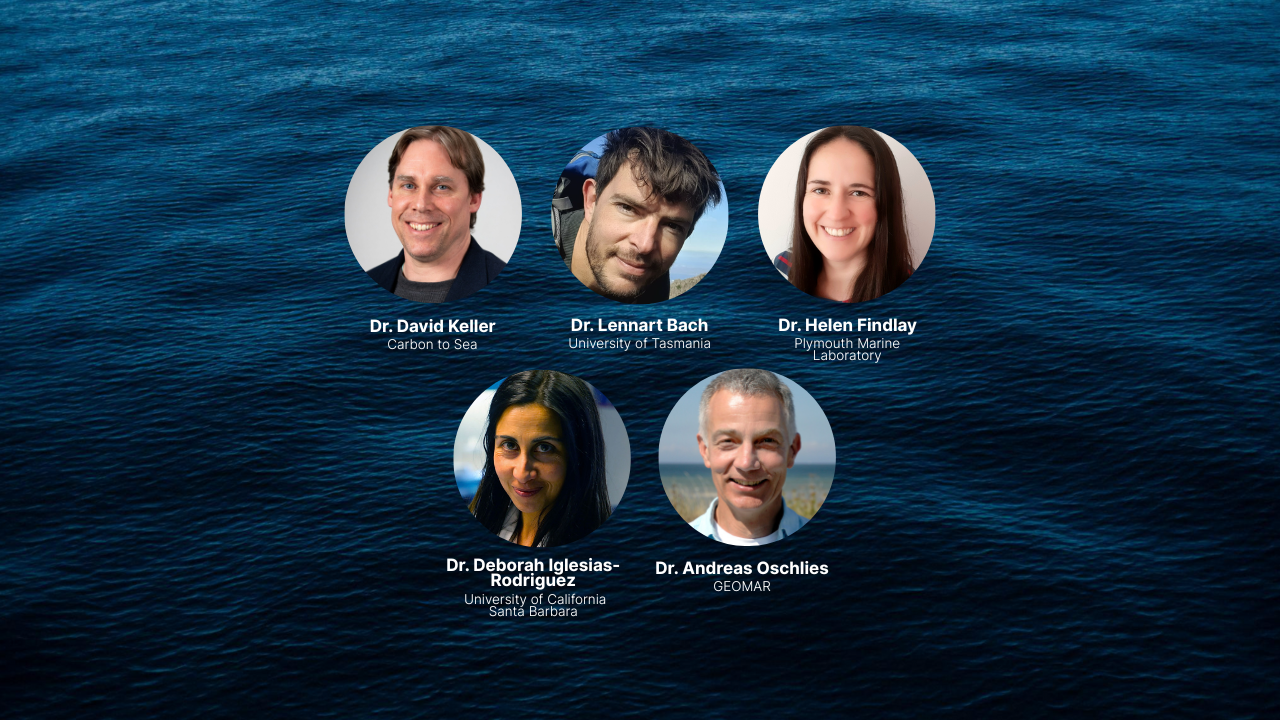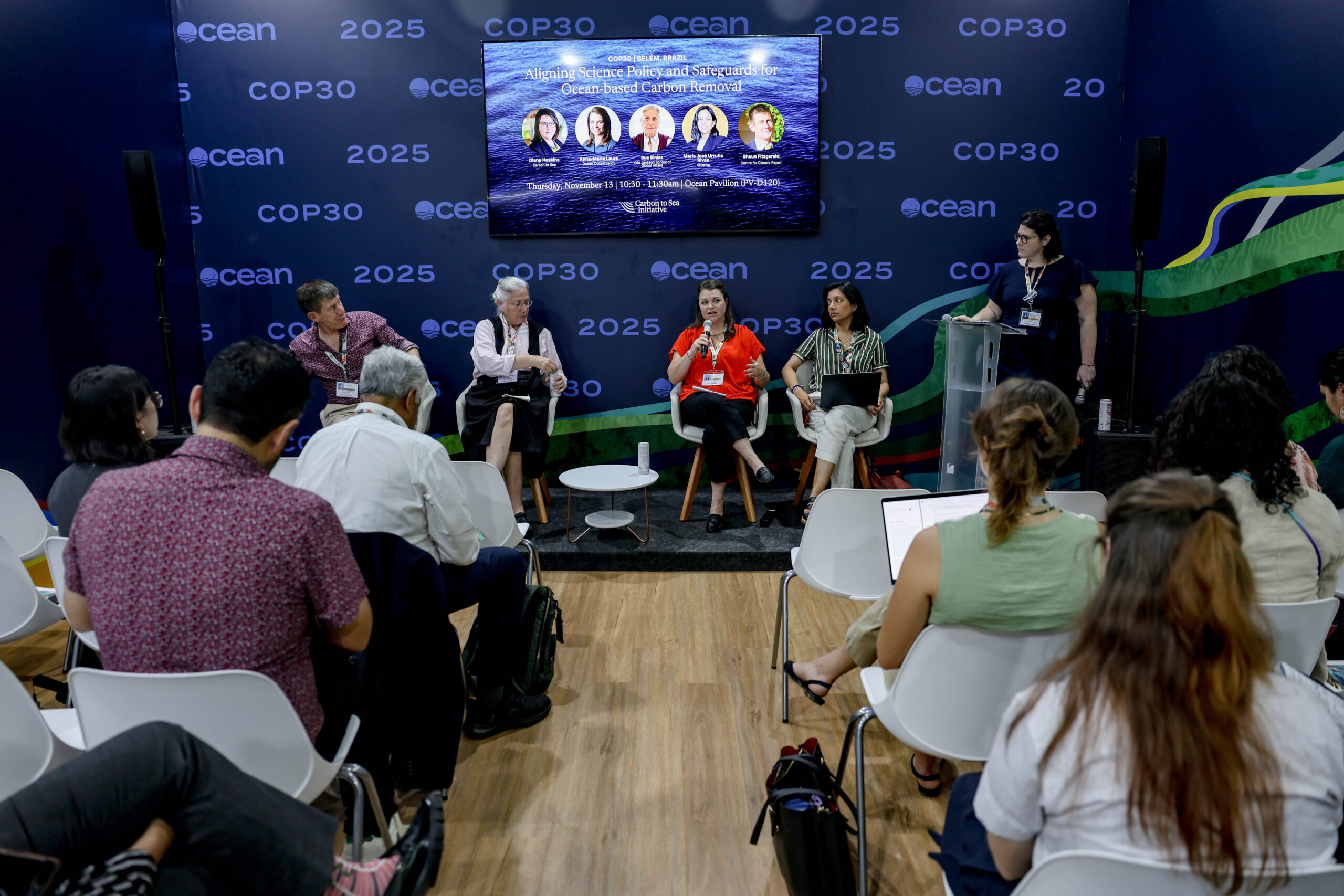Last week, NOAA and the U.S. Department of Energy (DOE) joined forces to advance marine carbon dioxide removal (mCDR) research and development. This collaboration, formalized with a memorandum of agreement (MOA) on June 6th, will combine NOAA’s ocean science expertise with DOE’s focus on developing carbon dioxide removal to advance promising ocean-based solutions.
This MOA reflects growing demand for ocean-based carbon-dioxide removal approaches, and formalizing the partnership between NOAA and DOE will help ensure these potential solutions are safe, beneficial, and economically viable. The need is clear: alongside significant emissions reductions, we need responsible, effective carbon dioxide removal to reach our climate goals, and the ocean could be a major part of the solution: it’s already the world’s largest carbon sink, holding about 50 times more carbon dioxide than the atmosphere already.
Specifically, under the MOA, NOAA and DOE have agreed to promote coordination and collaboration between agencies, improve research and development infrastructure, and create ethical guidelines for carbon dioxide removal, adhering to environmental, social, and economic standards. Integrating the two entities strengthens mCDR research efforts, avoids wasted resources doing similar research, and improves interagency relationships.
“This MOA embodies the multi-stakeholder, cross-disciplinary approach that we at Carbon to Sea have long advocated for and supports our efforts to bridge gaps between science, policy, industry, and community,” said Diane Hoskins, Global Policy Director for Carbon to Sea. “Being intentionally collaborative ensures the research and development of mCDR is guided by the best science and a commitment to the well-being of our oceans and coastal communities.”
You can read the full press release on the memorandum of agreement here. We hope to see more interagency collaborations exploring these potential climate solutions in the future.



